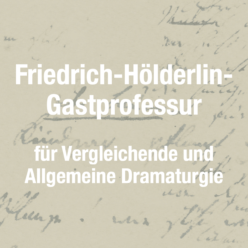Acquiring and moving temporary structures, building unauthorized replicas, transporting homes in order to build an architecture of political collective and individual historical criticism, thinking through landscape, being attached to an unattached home, aiming at a portable sovereignty. Those and other thoughts were first formulated, (de-)constructed and smuggled through a series of Art Based Research Projects about a temporary dwelling structure charged with symbolic meaning of remembrance – the sukkah – the huts in which the Israelites lived in the desert during their exodus from Egypt.
Since 2014 the Sala-manca Group collaborates with other artists in a series of projects on sukkot (plural of sukkah). They bought an “illegal” structure from the al-Korshan family of the Jahalin Bedouin tribe, a community uprooted from its lands in southern Israel in 1948 and relocated to the West Bank as refugees. The group of artists dismantled and smuggled the hut into Israel as construction waste and reassembled it as a public Jewish sukkah in the garden of the Hansen House in Jerusalem for the duration of the Sukkot holiday. The Bedouin “home” originally destined for demolition changed its status. Disguised as a legal Jewish structure it became an object of divergence between different places, traditions and stories.
